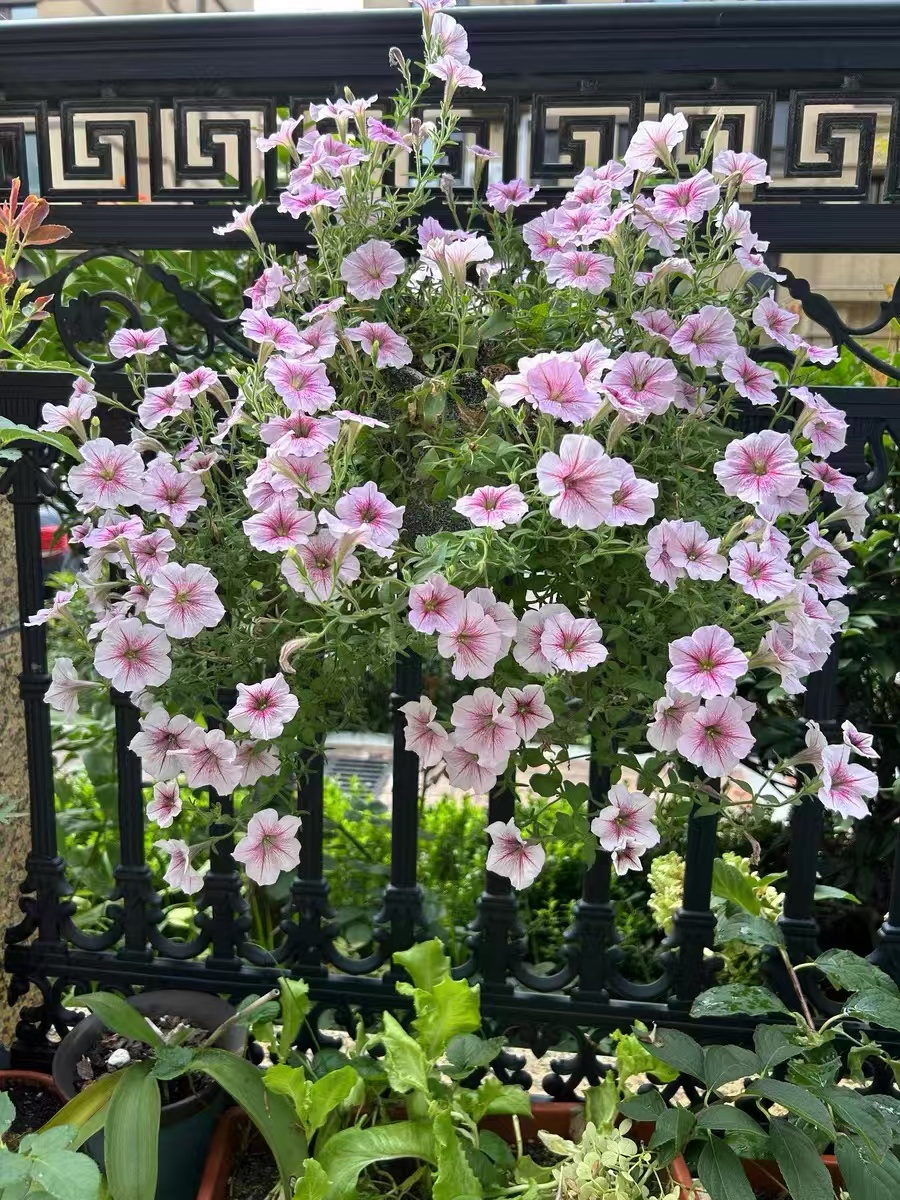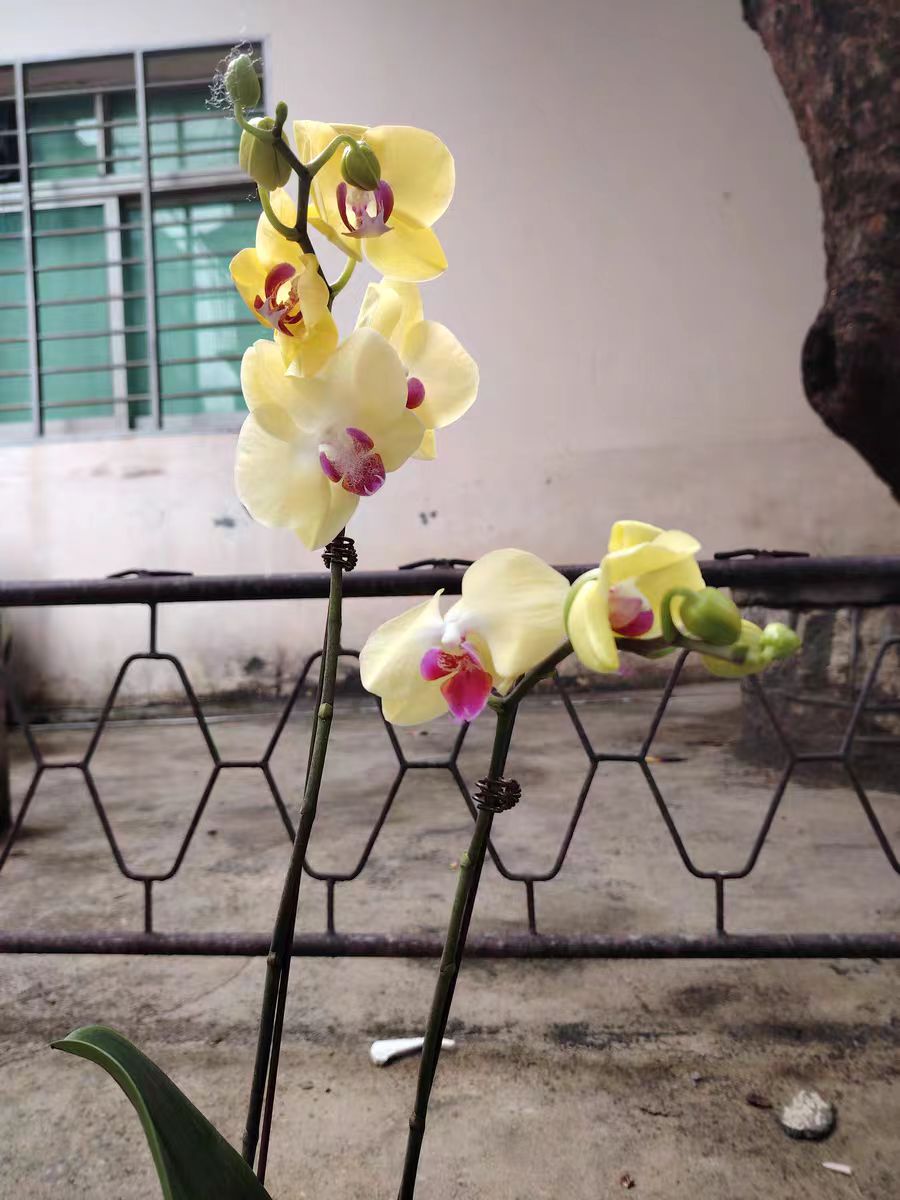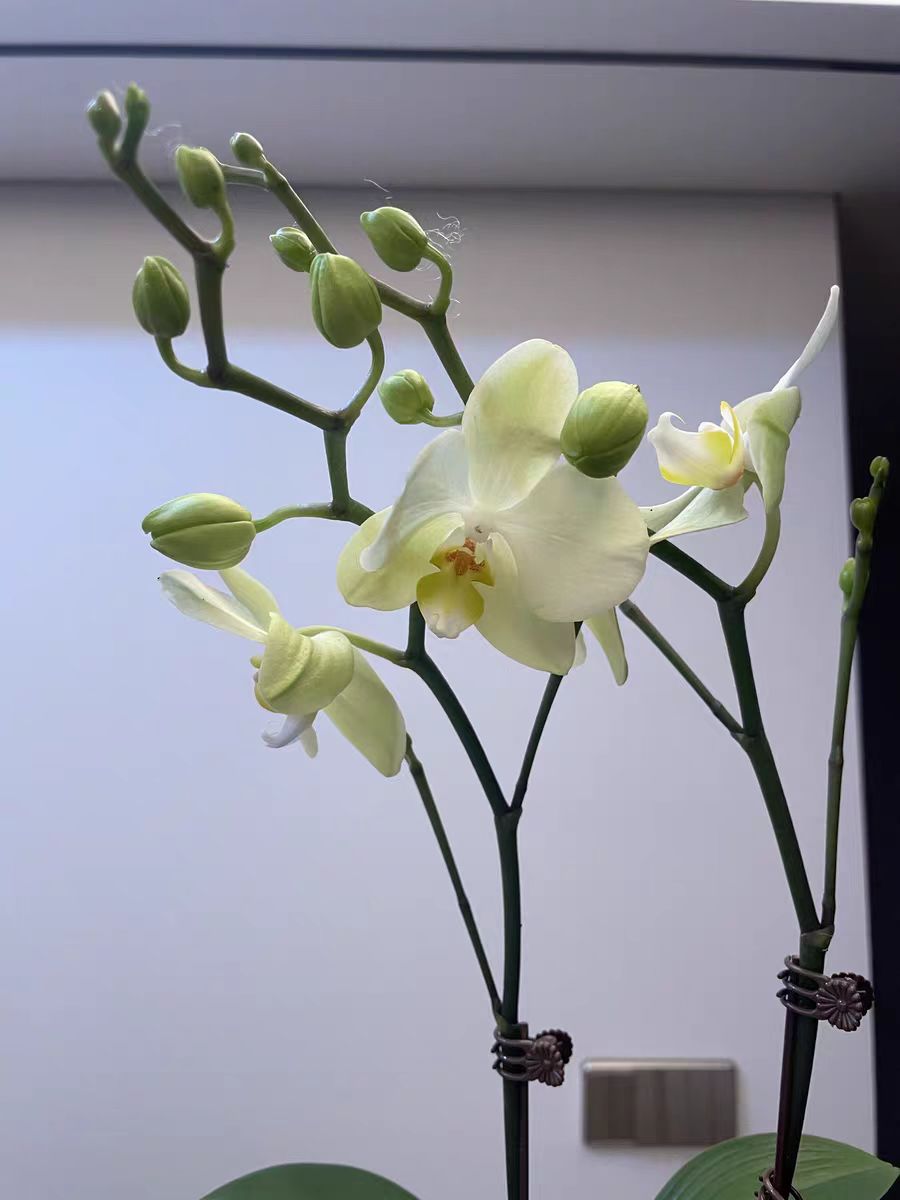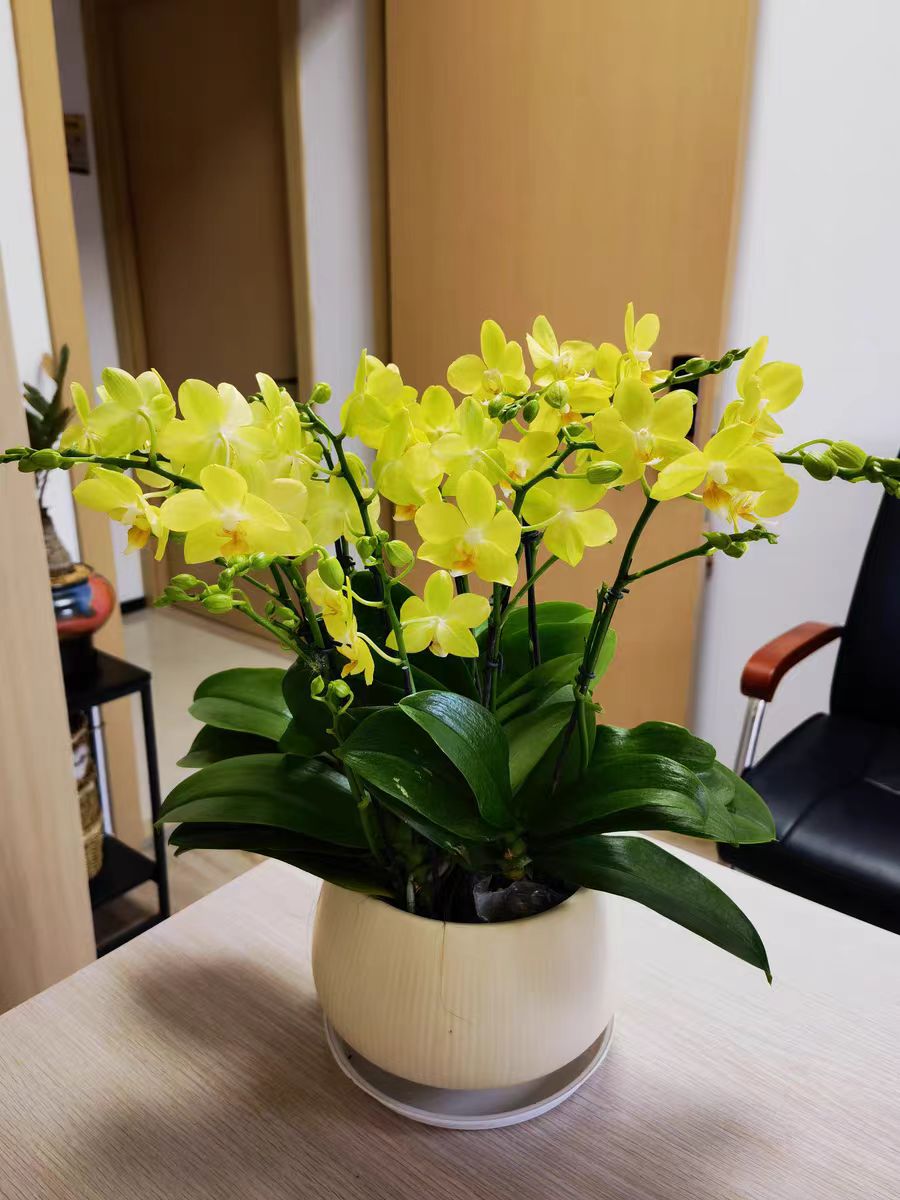Autumn is an important period for the growth of flowers and also an excellent time for pruning. Reasonable pruning can not only promote the growth and blooming of flowers but also improve their ornamental value and health. So, which flowers are suitable for pruning in autumn? Let's introduce them one by one.
Roses
Roses are one of the important flowers for pruning in autumn. After a summer of growth and blooming, the branches of roses often become messy. Some branches may even have withered or become weak and diseased. Pruning roses in autumn can remove these unhealthy branches and promote the growth and blooming of new branches. Specifically, cross branches, overlapping branches, diseased and insect-infested branches can be cut off. At the same time, overly long branches can be moderately shortened, and healthy and strong branches and buds can be retained. After pruning, fertilize and water in time to provide sufficient nutrients and moisture for roses and promote their growth and blooming.
Bougainvillea
Bougainvillea is also one of the flowers suitable for pruning in autumn. Pruning bougainvillea is mainly to control the plant shape and promote blooming. During autumn pruning, overly dense, long, and weak branches can be cut off to make the plant more ventilated and transparent, which is beneficial for the growth and blooming of new branches. At the same time, shaping pruning can be carried out according to personal preferences and needs to make the plant shape of bougainvillea more beautiful. After pruning, fertilize and water in time to keep the potting soil moist and nutrient-rich.
Kalanchoe blossfeldiana
The pruning of Kalanchoe blossfeldiana is mainly to control the height and promote branching. During autumn pruning, overly tall branches and overly dense leaves can be cut off to make the plant more compact and full. At the same time, branches can be moderately shortened to promote the growth and blooming of branches. After pruning, pay attention to keeping the potting soil moist and well-ventilated to avoid root rot caused by water accumulation.
Geranium
After a summer of growth and blooming, the branches of geranium often become messy. Some branches may even have withered or become weak and diseased. Pruning geranium in autumn can remove these unhealthy branches and promote the growth and blooming of new branches. When pruning, pay attention to retaining healthy leaves and buds to avoid poor plant growth due to excessive pruning. After pruning, fertilize and water in time to provide sufficient nutrients and moisture for geranium.
Jasmine
Although jasmine blooms more in summer, it also needs pruning in autumn. Pruning jasmine is mainly to remove aged branches and leaves and promote the growth and blooming of new branches. When pruning jasmine in autumn, overly long branches and overly dense leaves can be cut off to make the plant more ventilated and transparent. After pruning, fertilize and water in time to promote the growth and blooming of jasmine.
Petunias
After blooming in spring and summer, the branches of petunias often become sparse and messy. During autumn pruning, overly long and thin branches and weak and diseased leaves can be cut off to make the plant more compact and full. At the same time, branches can be moderately shortened to promote the growth and blooming of branches. After pruning, keep the potting soil moist and ensure sufficient light to promote the growth and blooming of petunias.
Chrysanthemums
Chrysanthemums are one of the representative flowers in autumn and also an important object for pruning in autumn. When pruning chrysanthemums in autumn, the main purpose is to remove unhealthy leaves and branches and promote the growth and blooming of new branches. During pruning, overly long and weak branches and diseased leaves and withered leaves can be cut off. At the same time, shaping pruning can be carried out according to personal preferences and needs to make the plant shape of chrysanthemums more beautiful. After pruning, fertilize and water in time to provide sufficient nutrients and moisture for chrysanthemums.
Autumn pruning has many benefits for the growth of flowers:
It promotes the return and accumulation of nutrients in plants, preparing for winter dormancy and spring growth. It controls the plant shape and promotes the germination of new branches, laying the foundation for blooming next year. It removes weak and diseased branches, reducing the occurrence of pests and diseases. It improves the ventilation and light transmission conditions of plants, which is conducive to healthy growth.
Autumn is an important period for flower pruning. Reasonable pruning can not only promote the growth and blooming of flowers but also improve their ornamental value and health. The above introduces several flowers suitable for autumn pruning and their pruning methods. I hope it can be helpful to flower enthusiasts. When pruning, pay attention to keeping the scissors sharp and clean to avoid harming flowers and infecting them with germs. At the same time, reasonable pruning and management should be carried out according to the growth habits and pruning needs of different flowers.
Which flowers are suitable for pruning in autumn?

Share with
Tagged in :




Leave a Reply